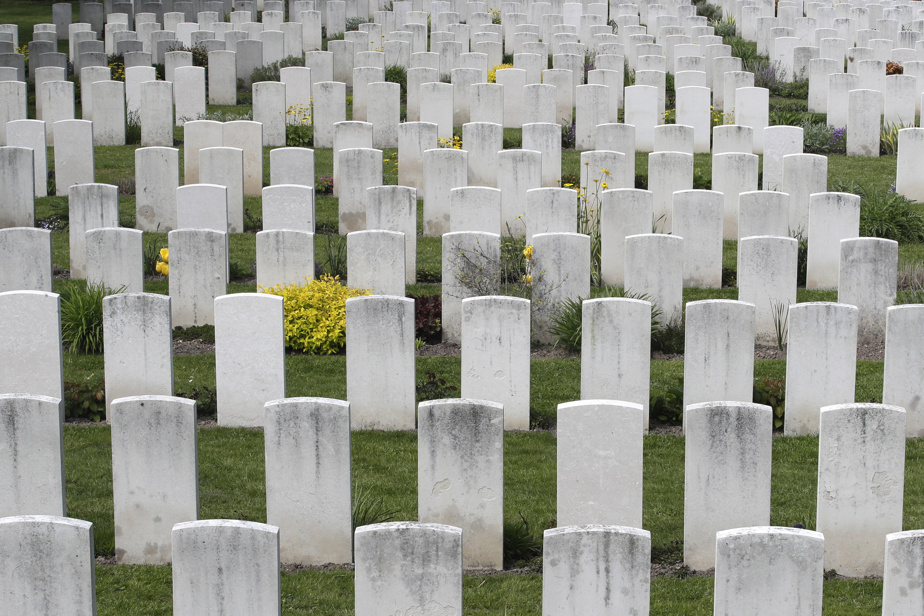(Loos-en-Gohelle) British and Canadian officials on Thursday launched the construction of a new 1,200-place military cemetery in northern France, intended for Commonwealth soldiers killed in the First World War and who should be unearthed during the creation of a canal.
This future cemetery, managed by the body responsible for the graves of soldiers from the former British Empire who fell on the battlefield, the Commonwealth War Graves Commission (CWGC), will adjoin the British cemetery of Loos-en-Gohelle, which has 3,000 fallen down.
During the First World War, British, Canadian or Australian troops were mobilized for the Battle of the Somme and that of Lens.
More than half a million men from the Commonwealth fell at the front in France, including 20 to 30,000 in a 5 km periphery around Lens.
“There are still 100,000 soldiers who lie beneath the French battlefields and have not been found,” CWGC Director General Claire Horton recalled Thursday.
A hundred years later, a hundred bodies are discovered each year.
The pace is expected to accelerate with the construction of a 107 km canal by 2030, of which around 100 will run along the front line of the First World War. The CWGC expects to find several hundred bodies during the work.
“We will do our best to identify as many of them as possible, and to trace their families. This is a brief but crucial occasion,” Ms. Horton pointed out.
The GWGC was entrusted with the care of all the remains exhumed during the work, whether soldiers from the Commonwealth, French or Germans.
The member countries of this organization – the United Kingdom, whose nationals formed the bulk of the troops sent to the front, Canada, Australia, New Zealand, India and South Africa – have made the choosing to bury their soldiers where they fell, rather than repatriating them.
However, the approximately 3,000 CWGC cemeteries in France are almost full. A hundred bodies found since 2018 during the construction of a hospital in Lens are thus awaiting reburial.
The new cemetery will be the first to be built in France by the CWGC since 2011. It should receive the first remains at the end of 2024.

